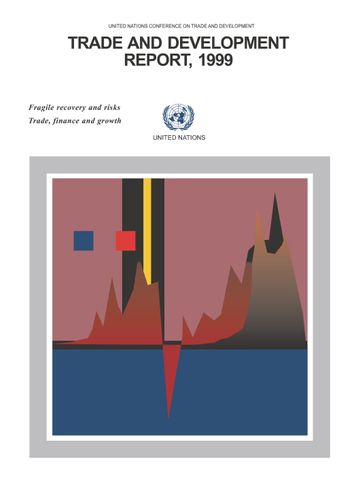Payments deficits, liberalization and growth in developing countries

- Author: United Nations Conference on Trade and Development
- Main Title: Trade and Development Report 1999 , pp 75-98
- Publication Date: December 1999
- DOI: https://doi.org/10.18356/35301eee-en
- Language: English
The link between external payments and economic growth in developing countries has long been recognized. An early formulation of this relation, going back to the 1960s, was the so-called two-gap approach. This approach emphasizes the dependence of capital accumulation and economic growth in developing countries on foreign capital and trade flows through two channels. The first involves resources needed for investment: external capital flows allow developing countries to invest more than they can save, thereby closing their savings gap. The current-account deficit is viewed as a measure of real resource transfers from abroad to supplement domestic savings. Accordingly, a sustained increase in the deficit is expected to be associated with faster capital accumulation and growth unless there is a leakage of resources through adverse terms-of-trade movements, a decline in domestic savings, persistent underutilization of capacity, or a decline in the efficiency with which that capacity is utilized.
-
From This Site
/content/books/9789210603027s006-c002dcterms_title,dcterms_subject,pub_keyword-contentType:Journal -contentType:Contributor -contentType:Concept -contentType:Institution105


